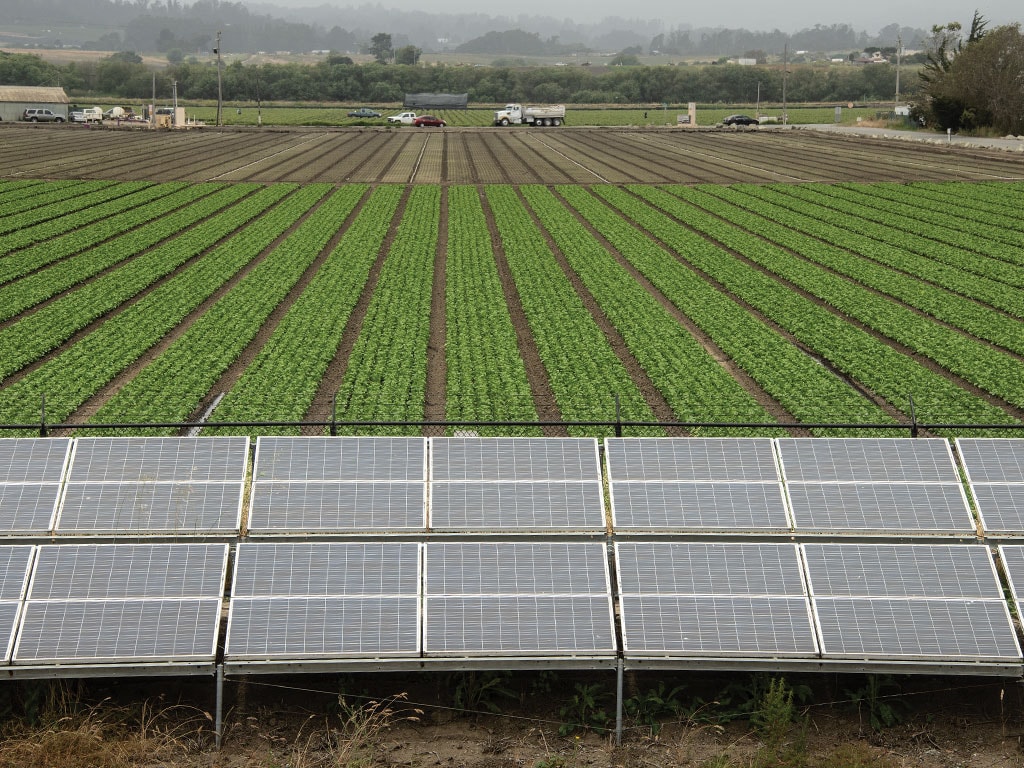Agriculture, Farm Operation February 01, 2025
Winning Water Shortcut
Tech solutions save hours, money, and stress for livestock producers.
by Martha Mintz
Hours spent bumping down rocky, remote pasture roads can be fun on occasion. It loses its charm, however, when it's a required regular trek to check or manage livestock water.
Remote water monitoring and management is a growing sector of the automated agriculture landscape. Time savings is a major driver for adoption, but the technologies also can enable better land and resource management and collect valuable data.
Checking water in person yields one data point. One moment in time that can be obsolete within a day or even hours. Using camera systems, drones, or dedicated water monitoring and management systems gives producers more data that they spend considerably less time gathering.
Payson, Arizona, cattleman Jared Lyman, has cut his time spent on 10-ply tire worthy roads dramatically with a remote system. His cattle navigate 13,500 acres of steep, rugged, saguaro cactus-covered terrain on a Forest Service grazing allotment.
Water is pumped from an artesian well to storage tanks supplying troughs throughout the allotment. It takes at least two hours to make the loop checking water manually—a chore that needed done several times per week.
In 2022, Lyman installed a satellite-connected Ranchbot water monitoring system on his supply tank. A pressure sensor on the bottom of the tank now reports real-time data on water levels he can access via a mobile application on his phone. It can also send alerts when water levels are low.
"The first piece of the system allowed me to monitor the first leg of pumping," he says.
The system features ports to connect additional devices. Lyman added a pump control switch and a digital rain gauge. He also added a Ranchbot Lite (a more basic system) to monitor a secondary upper storage tank.
"Now I can watch levels on the upper tank and turn the pump on and off from my cell phone based on need," Lyman says.
If his sensor shows the upper tank is seeing little use and the main tanks are low, he can remotely shut off the pump allowing the main storage tanks to replenish. "Before I would have turned the pump off manually and had to wait and watch, or leave and come back the next day."
Now it's a swipe on his phone. He was also able to drain the storage tank remotely when it needed repairs. "I only really have to physically come out once a month now, or if there's a problem."
All or nothing. Making water available in more parts of a pasture allows for more even use of the forage resource. For Andrew Snyder, pumping water to more sites also keeps his livestock out of sensitive riparian areas on his family's Black Hills National Forest grazing allotments.
"Some of our tanks require 3 or 4 hours of driving round trip to check. What happens is those tanks just don't get checked without remote monitoring," he says.
If there's a failure, water is still available. Snyder prefers, however, cattle not resorting to watering from the creeks and springs water is pumped from.
Snyder uses Barn Owl remote cellular game cameras to monitor tanks. Cameras are set to send him a photo three times daily. Now he only makes the journey when necessary for a repair.
"I can consistently protect the riparian areas without it being a major time commitment," he says.
Data from these systems may also help producers provide proof of their practices.
In the past, livestock were unilaterally kicked off Arizona national forest grazing allotments due to drought, Lyman says. Rain gauge data helps prevent a repeat of these wholesale decisions.
Lyman has several gauges he checks manually. The one connected to his water management system, however, collects and transfers data immediately for more accurate results.
Lyman's system can also be connected to other devices, like a water flow meter. This can be useful for detecting leaks, but also provides data for insights, says Andrew Coppin, Ranchbot CEO and co-founder. Data such as how much water is being used this year compared to last or this month over last is available. More robust data may reveal trends that can help predict when a failure is imminent, he says.
"We can use data to make better-informed decisions rather than relying on instinct," Coppin says.
He sees a future where the Ranchbot system serves as a hub for a wide array of remote technologies, such as third-party weather stations, soil moisture probes, subterranean well monitors, and more.
"These technologies can help producers be better custodians of the water and land and provide the data to prove it," he says. ‡
Read More

AGRICULTURE, SUSTAINABILITY
Cutting Back on Salt
Districts battle saline groundwater with science and creativity.

AGRICULTURE, EDUCATION
Too Little or Two Much
Finding soil moisture sweet spot with drainage tile.

